Smartwatches dominate, but smart rings could be the next big thing in health monitoring
A look at what the future holds for these wearables.
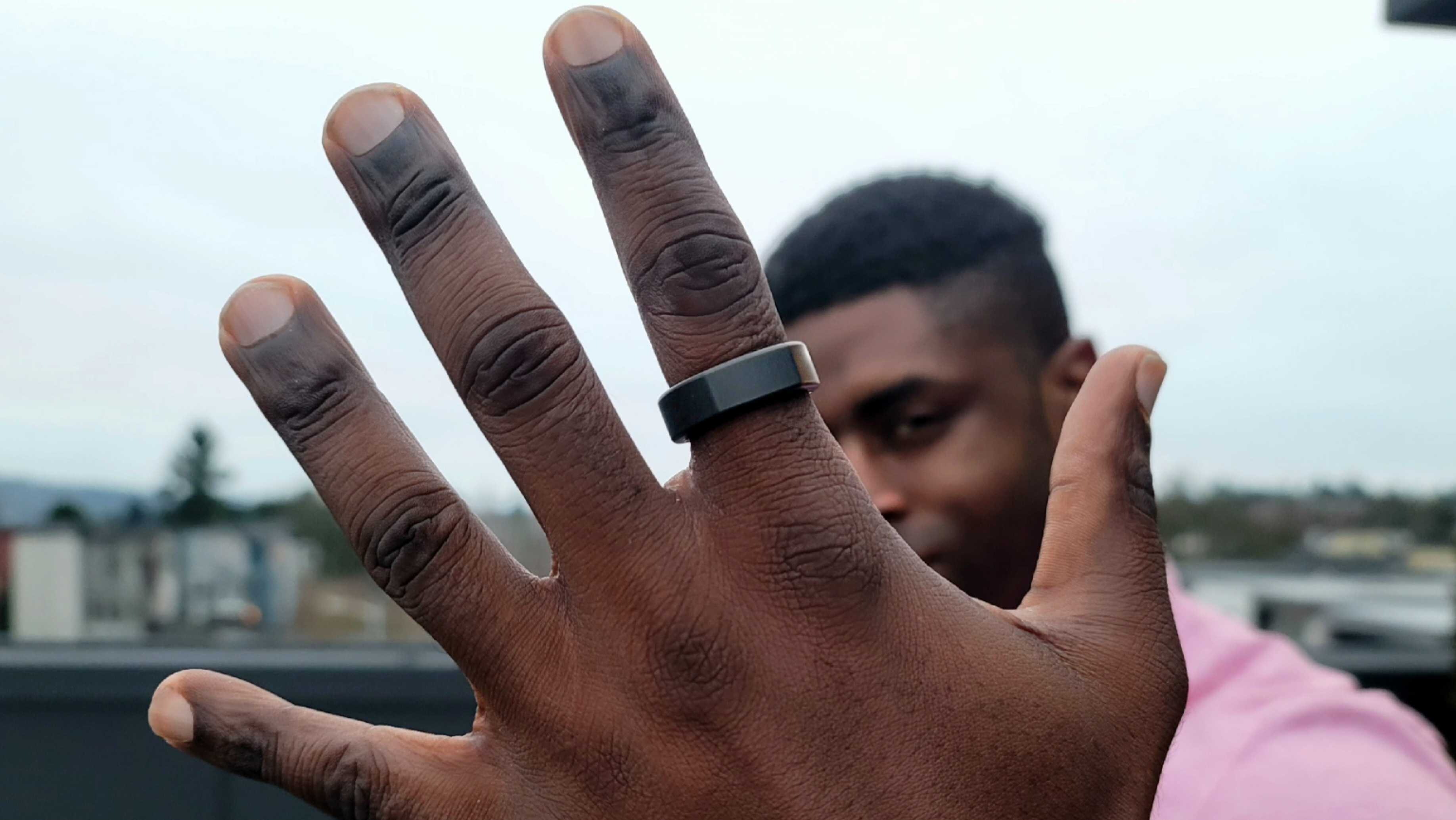
Tracking physical fitness has become much easier with new wearable tech popping up often (read Apple watches and fitness bands). Smaller wearable tech has gained momentum due to its compact size and ease of use, with smart rings leading that charge. Usually in the size of traditional rings, these gadgets, designed to track sleep and fitness, are rapidly gaining popularity.
With a plethora of wearables in the market, can passive smart rings compete with more active devices like smartwatches and fitness bands? Or is this just a passing trend that will eventually lead nowhere? According to analysts, smart rings have their place in the wearable market but may not be the smartwatch replacement many are looking for.
Rise of the smart ring
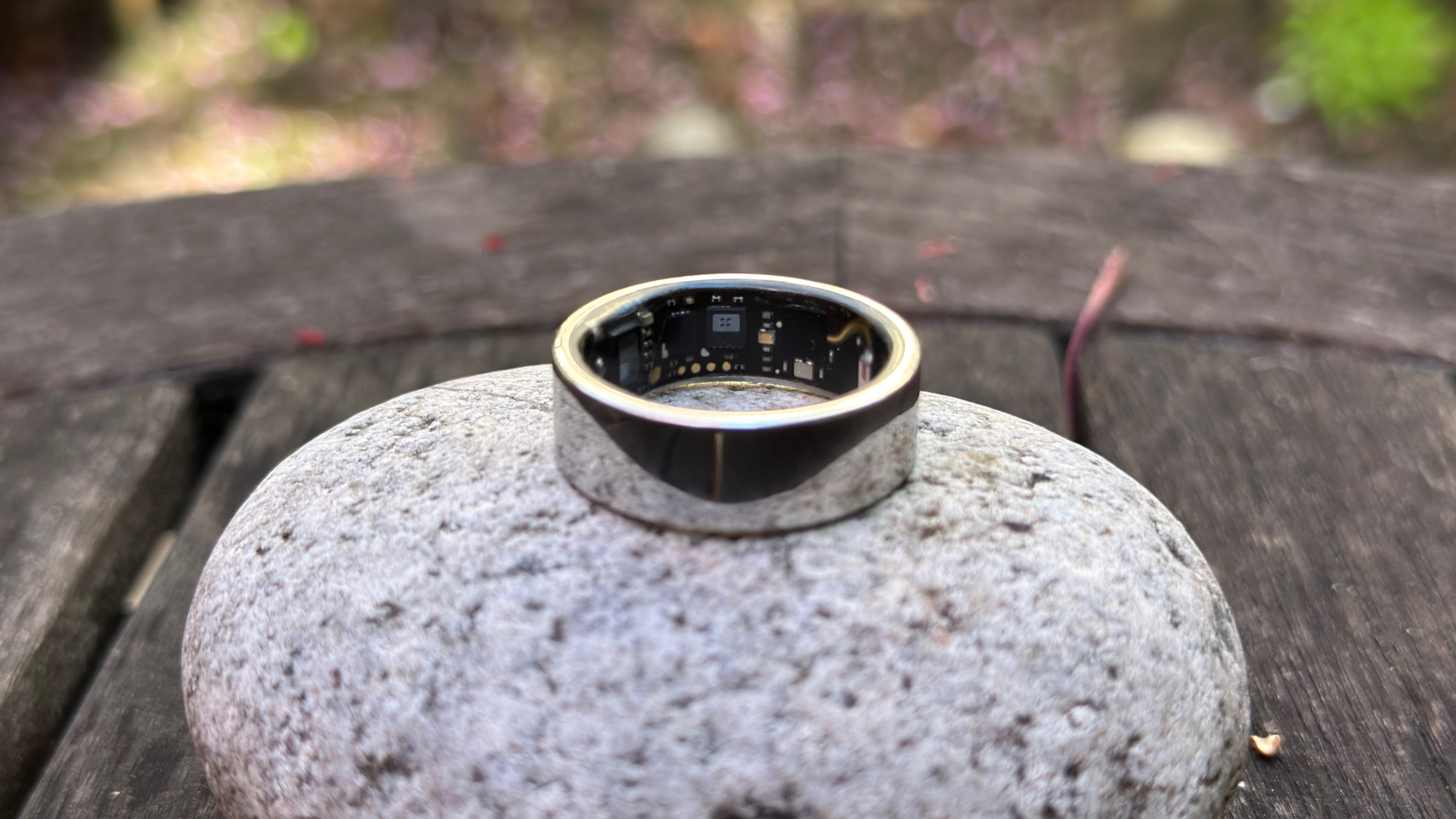
When you think of a smart ring, the first name that pops into your mind is Oura. This brand has not only carved out a niche in the smart ring market but also established itself as one of the leading players in this industry, selling over a million of these tiny wearables in over 98 countries. Users can track key indicators like heart rate, sleep stages, stress, and more to get a snapshot of their daily health and readiness.
After launching two rings in 2016 and 2018, Oura began to gain traction in 2021 with the launch of the Oura Ring Gen 3 due to its improved tracking capabilities for metrics like temperature and blood oxygen sensing, features that were still up-and-coming on regular smartwatches. Oura also made strategic partnerships with entities such as the NBA, bringing the brand and its product to the limelight over other health-tracking devices and companies already diving into the smart ring market. However, the start of the COVID-19 pandemic was the real catalyst for the ring’s popularity.
“That said, some of these practices were already in motion before the pandemic, and Oura was the last remaining brand amongst rings since Motiv got acquired,” Jitesh Ubrani, research manager for IDC's Worldwide Device Trackers, said in an interview. Motive was one such company that dove into health-tracking smart rings until it decided to shift its focus to biometrics, offering a different approach to the wearables with a different set of features.
However, Oura isn’t the only company that wants to explore how this small fitness tracker could replace bulky smartwatches someday. Samsung showed off its Galaxy Ring at the Mobile World Conference in Barcelona earlier this year and is gearing up to launch the device later this year. Other brands, such as Ultrahuman, Evie, and even Amazfit, have all launched versions of smart rings, trying to cram multiple features into the device and blurring the lines between smartwatches and rings.
The smart ring's biggest rival
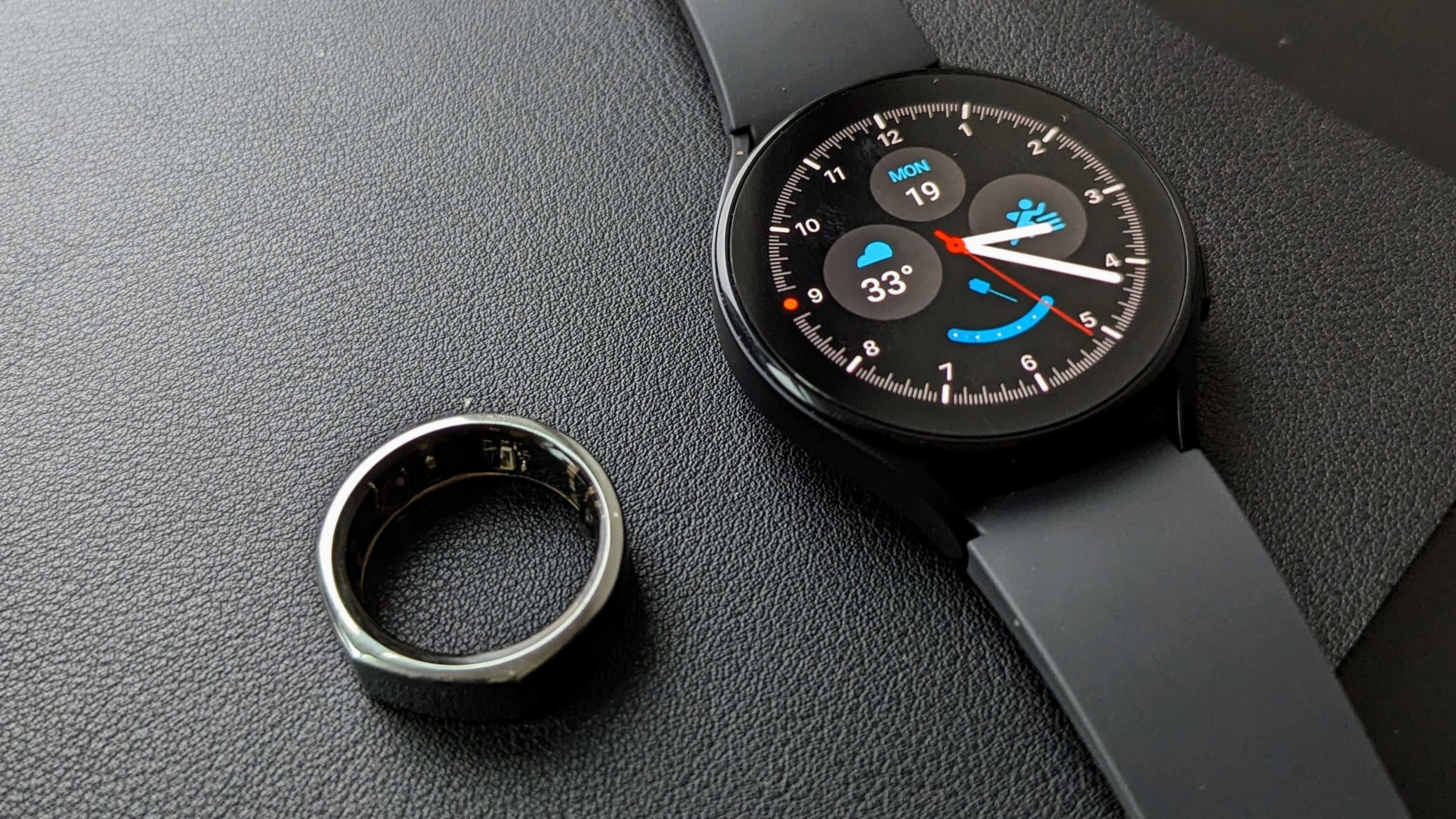
When it comes to comprehensive abilities, smartwatches can make calls, help you browse through notifications, look at photos, and even let you respond to texts, in addition to being a fitness tracker. However, that’s not the case for smart rings; despite having several health-tracking capabilities, they still fall short in some areas. Hanish Bhatia, associate director of Devices & Ecosystem at Counterpoint Research, feels that “smart rings are likely to coexist with smartwatches and not replace them.”
Be an expert in 5 minutes
Get the latest news from Android Central, your trusted companion in the world of Android
Ubrani agrees, noting that smart rings have become a convenient alternative, but cautions that they’re not for everyone. He warns that “the ring form factor certainly offers many benefits over a watch, but it’s not a home run as it often increases complexity when it comes to inventory management, finding the perfect fit for users, or tracking fitness goals in detail. As such, it won’t be a smartwatch replacement for everyone.”
Fitness enthusiasts feel these rings track certain metrics more accurately than a smartwatch due to the fit. While wearing the Ultrahuman Ring, Michael Hicks, Android Central’s wearables editor, expressed how it’s much easier to wear a ring to sleep when compared to something that weighs more than 30g.
In a Reddit thread, a user explains how they choose between wearables based on the activity that needs tracking, noting that they don’t rely on Oura for fitness tracking but for its sleep monitoring. “I use my Apple Watch and Oura watch together. Like most people…Apple Watch for fitness and oura ring for sleep.”
Another says they chose the ring “because it’s a small device I can wear throughout the day and night without being bothered by its presence on my hands.”
Bhatia notes that while some of the smartwatch and smart ring features overlap, it might be detrimental to compare a smaller-sized wearable to that of a smartwatch. “I think they’re different products, especially when considering convenience and utility.”
Beyond fitness and sleep tracking
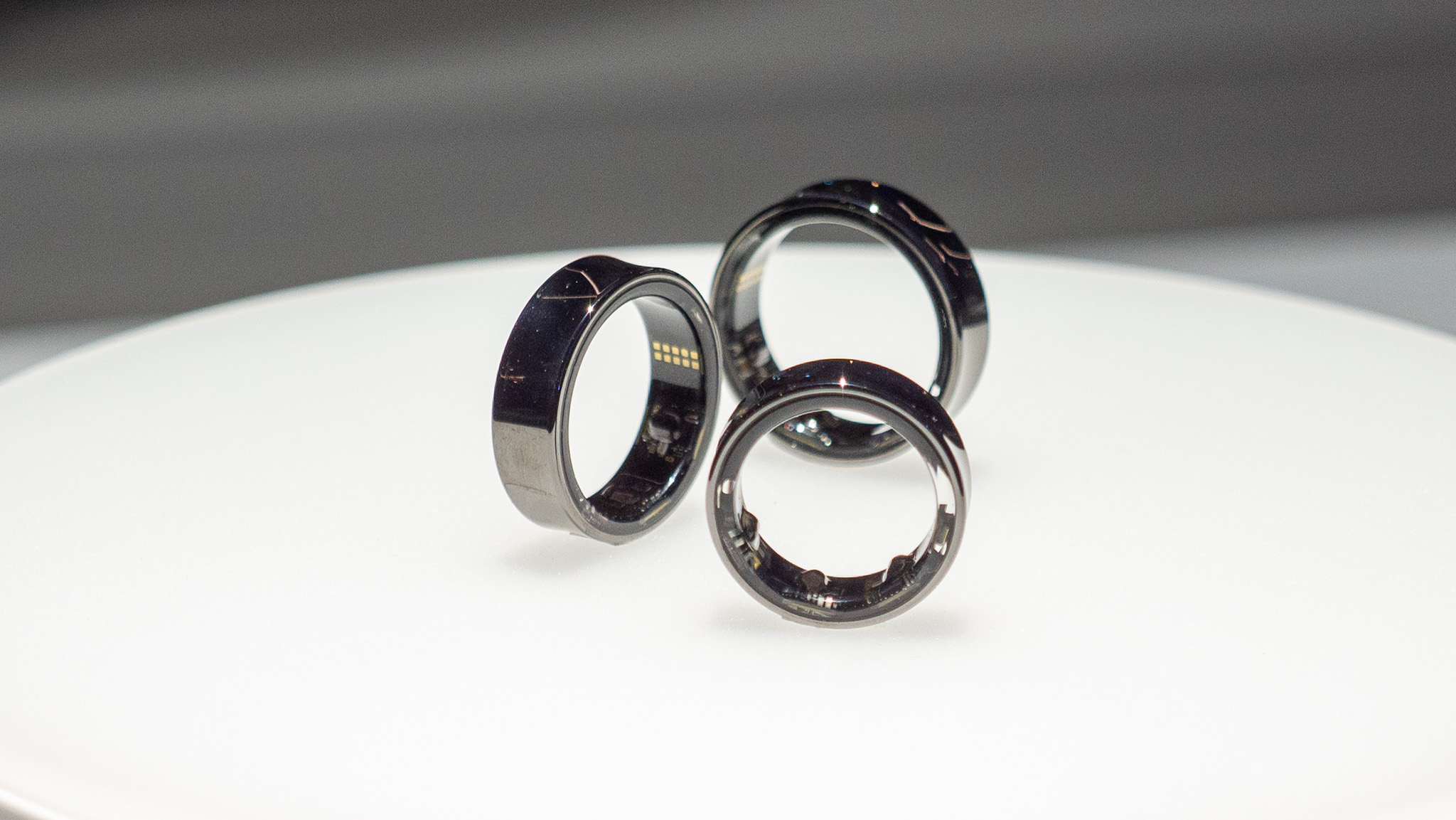
Smart rings hold great potential beyond basic fitness tracking because they fit several sensors into a small gadget and can give users a more holistic view of their overall fitness.
Oura is looking at advancing health-tracking sensors that translate day-to-day into actionable data and insights, “It’s about listening to your body’s signals to determine what it needs to maximize wellness,” explained Jason Russell, Oura’s VP of consumer software product. “In doing so, we hope to revolutionize how health is approached by shifting from reactive sick care to proactive, preventative, long-term wellness.”
The company also launched Oura labs, a new in-app experience for iOS users to test out new and upcoming features like the “Symptom Radar,”—which helps users understand how their bodies react to fatigue, high activity levels, and illness.
Analysts predict that these devices will soon gain even more functionality, such as being able to make contactless payments and connect with augmented reality. Early patents suggested Samsung launch a smart ring with not only health-tracking capabilities but also the ability to interact with and control other devices.
IDC predicts that advancements in ring technology and lower prices will push more people to get them over the next four years. They forecast smart ring shipments to increase to approximately 3.25 million by 2028, more than triple the number of shipments in 2023, while their average selling price is expected to drop to $270 from the current ASP of roughly $290 as more companies enter the market.
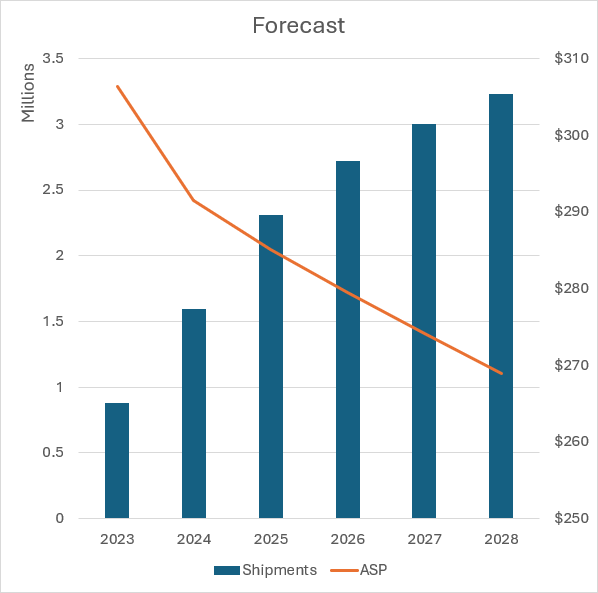
“We see tremendous growth in this market, and eventually, the ring will go beyond just health tracking to become more interactive and potentially be used as an input device in XR or tied into the smart home as a presence sensor or on-body sensor that can adjust your surroundings based on your preferences,” Ubrani explains.
It’s also worth noting long-term benefits for consumers. Tech companies churn out new versions of their smartwatches yearly, each with a heftier price tag and more features often not accessible on older models. In contrast, smart rings seem to have a clear advantage when it comes to longevity.
Over the past three years, Oura’s Gen 3 smart ring has consistently received new features on the same device without needing a new model. This is something consumers could benefit from as companies like Samsung may extend the value of the device by bringing more features over a number of years before launching a new model.
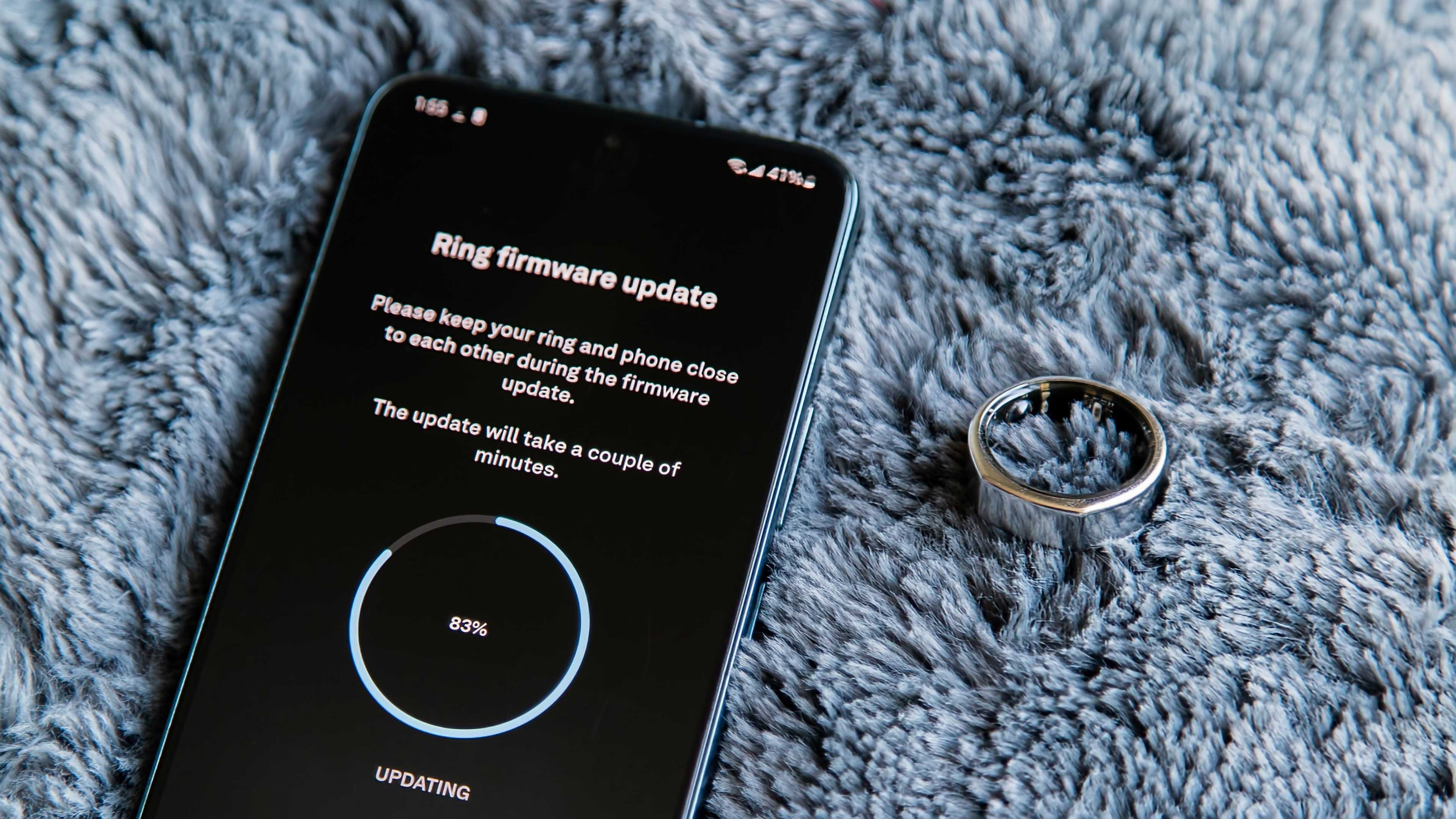
The future for these smart rings looks promising, and according to Russell, three key trends are driving the evolution of the smart ring market: a focus on longevity-driven health management, the demand for personalized wellness solutions, and an increasing emphasis on mental health and holistic well-being.
"Individuals seek proactive strategies to optimize their health and lifespan. Oura is at the forefront of this movement by providing our members with accurate insights, empowering them to embrace healthy habits, and paving the way for a longer and healthier life," Russell added.
Samsung intends to take it a step further and leverage its hardware and software ecosystem with Galaxy AI, which would help with AI-based coaching to calculate health metrics and offer daily recommendations for the Galaxy Ring owners. We could also see smart rings from other companies, such as Apple, which may help drive smart ring adoption even further, especially if companies allow these devices to work regardless of the OS it's attached to.
For now, smart rings are being used as companions to other wearables. However, as advancements in smart ring technology progress and become more affordable in the future, there's a clear path for these discreet wearables to make their way onto more hands.

Nandika Ravi is an Editor for Android Central. Based in Toronto, after rocking the news scene as a Multimedia Reporter and Editor at Rogers Sports and Media, she now brings her expertise into the Tech ecosystem. When not breaking tech news, you can catch her sipping coffee at cozy cafes, exploring new trails with her boxer dog, or leveling up in the gaming universe.
You must confirm your public display name before commenting
Please logout and then login again, you will then be prompted to enter your display name.
